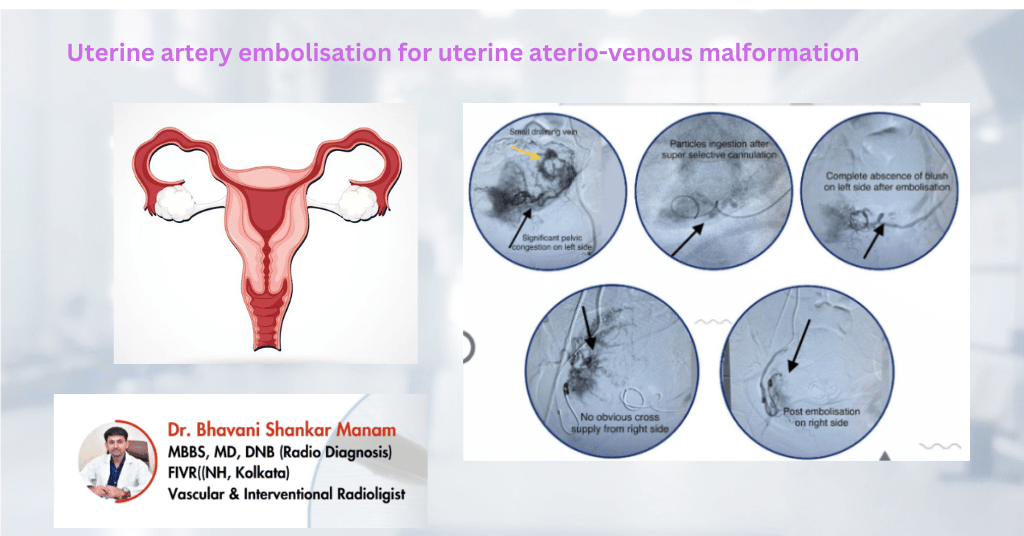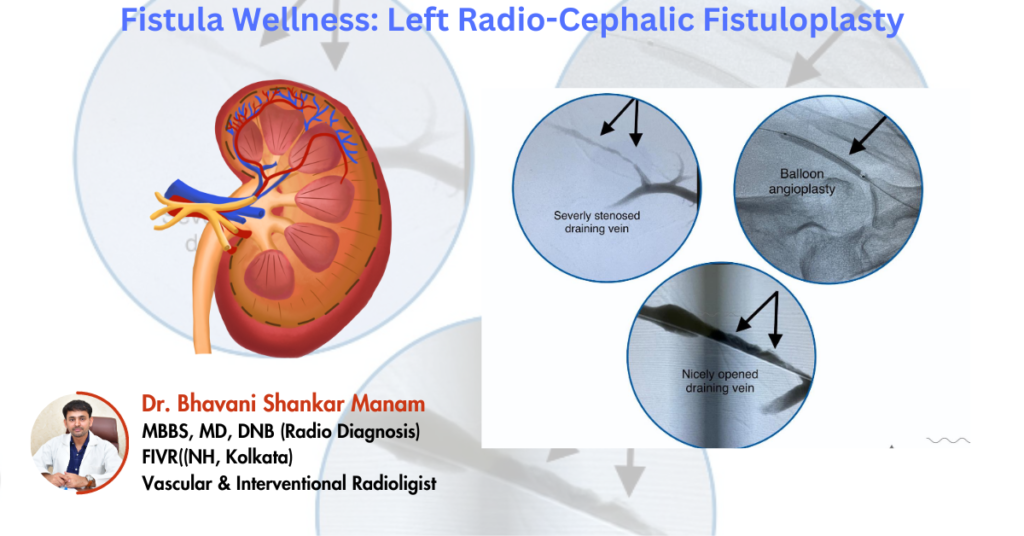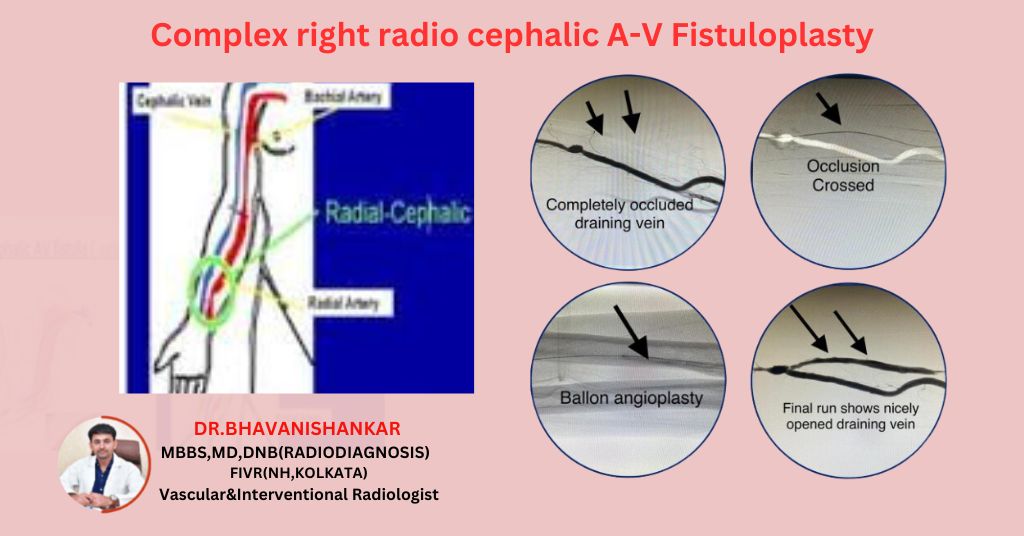Liver cancer, particularly hepatocellular carcinoma (HCC), presents significant treatment challenges. However, an advanced procedure called Transarterial Chemoembolization (TACE) offers hope for patients battling this disease. In this article, we will explain what TACE is, how it works, and why it stands out as a remarkable option for patients diagnosed with liver cancer.
What Is Transarterial Chemoembolization (TACE) for HCC?
Transarterial Chemoembolization (TACE) is a targeted treatment specifically designed for liver tumors, particularly HCC. Unlike conventional chemotherapy that affects the entire body, TACE directs chemotherapy drugs precisely at the blood vessels supplying the tumor. By blocking these vessels, TACE effectively deprives the tumor of essential blood and nutrients, killing cancer cells through two main mechanisms.
How Does Transarterial Chemoembolization (TACE) Work?
Step 1: Insertion of the Catheter for TACE Procedure
The TACE procedure begins with the insertion of a thin tube, known as a catheter, into an artery near the groin. Under imaging guidance, such as an X-ray, the doctor carefully navigates the catheter through the blood vessels that supply the liver to reach the tumor.
Step 2: Delivering Targeted Chemotherapy to the Tumor
Once the catheter is positioned, chemotherapy drugs are infused directly into the blood vessels feeding the tumor. In some cases, these drugs may be mixed with a viscous substance or loaded into small drug-coated beads to stabilize them at the site. This targeted delivery maximizes the impact on cancer cells while minimizing exposure to healthy tissues.
Step 3: Shutting Off Blood Supply to the Tumor with TACE
Following chemotherapy delivery, embolization occurs, effectively shutting off blood flow to the tumor. This process cuts off the oxygen and nutrients that the tumor requires for growth and metastasis, enhancing the effectiveness of the treatment.
Why Transarterial Chemoembolization (TACE) Is So Successful
Several benefits make TACE a preferred treatment option for patients with liver cancer:
- Less Invasive Approach with TACE
TACE is less invasive than open surgery, using a catheter rather than large incisions. This minimally traumatic approach reduces hospital stays and leads to quicker recovery times. - Targeted Cancer Treatment with TACE
By delivering chemotherapy directly to the cancer cells and limiting their blood supply, TACE significantly reduces the impact on surrounding healthy tissue, resulting in fewer side effects compared to standard chemotherapy. - Repeatability of TACE for Ongoing Care
TACE can be performed multiple times, allowing for ongoing treatment of tumors that cannot be completely removed via surgery or are likely to recur. This helps keep the disease under better control over time.
Who Can Benefit from Transarterial Chemoembolization (TACE)?
TACE is particularly advantageous for certain groups of patients:
- Patients with Inoperable Tumors: Ideal for those whose tumors cannot be surgically removed due to their size or location.
- Not Suitable Surgical Candidates: For patients with other medical conditions that preclude surgery, TACE presents a safer alternative.
- Preparation for Surgery with TACE: In some cases, TACE can shrink tumors, making them easier to remove surgically.
What Are the Risks and Side Effects of TACE?
Like any medical procedure, TACE carries some risks. Common side effects may include mild pain, fever, and nausea, which typically resolve within a few days. Some patients may experience post-embolization syndrome, presenting flu-like symptoms temporarily. Serious complications are rare, but patients are monitored closely after the procedure to ensure their safety.
The Future of Transarterial Chemoembolization (TACE): Advancements and Hope
Research continues to enhance the effectiveness of TACE. Innovations in drug delivery and procedural techniques are expected to improve patient outcomes, promising better longevity and quality of life for those with liver cancer.
Conclusion: The Promise of TACE in Managing Liver Cancer
Transarterial Chemoembolization (TACE) holds significant promise in managing liver cancer, particularly hepatocellular carcinoma. By integrating targeted chemotherapy with the blockage of blood flow to cancerous tissues, TACE offers a minimally invasive option with reduced side effects. This procedure is highly suitable for patients who cannot undergo surgery, and with ongoing advancements in medical technology, TACE is poised for further development, offering hope to patients facing liver cancer contact us.



